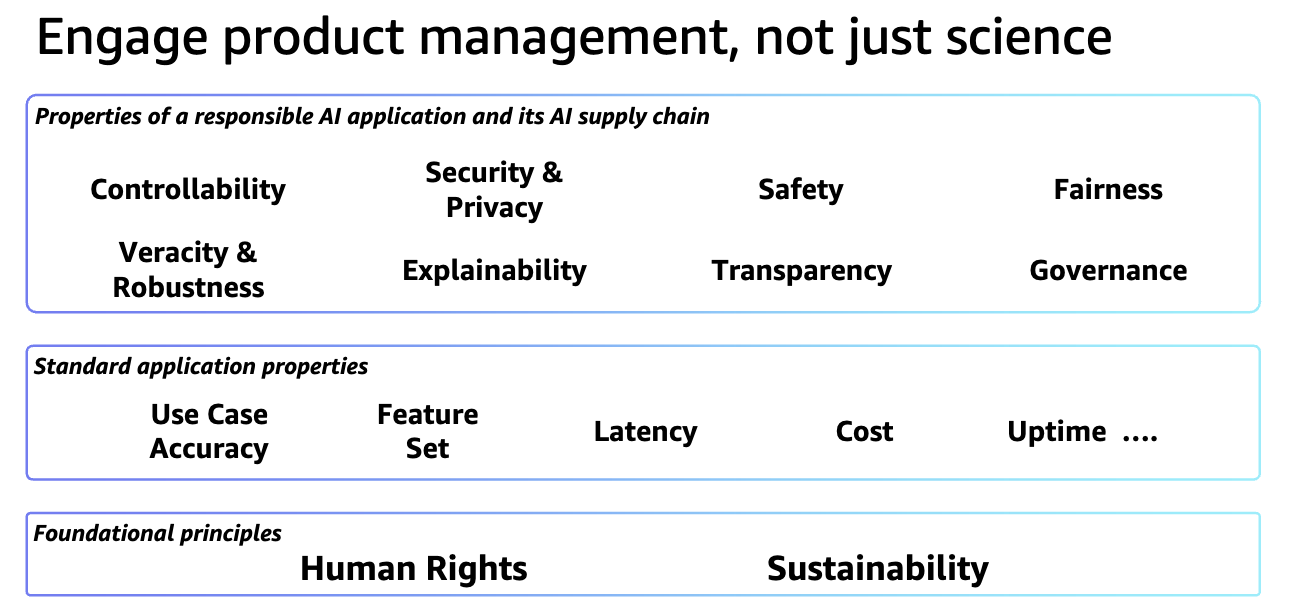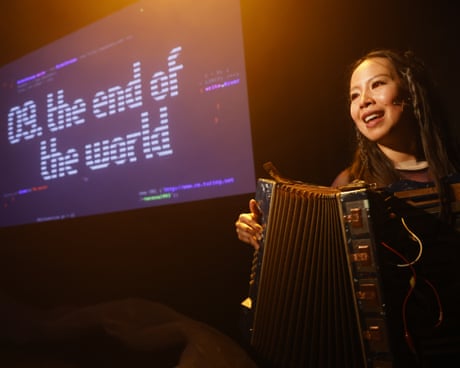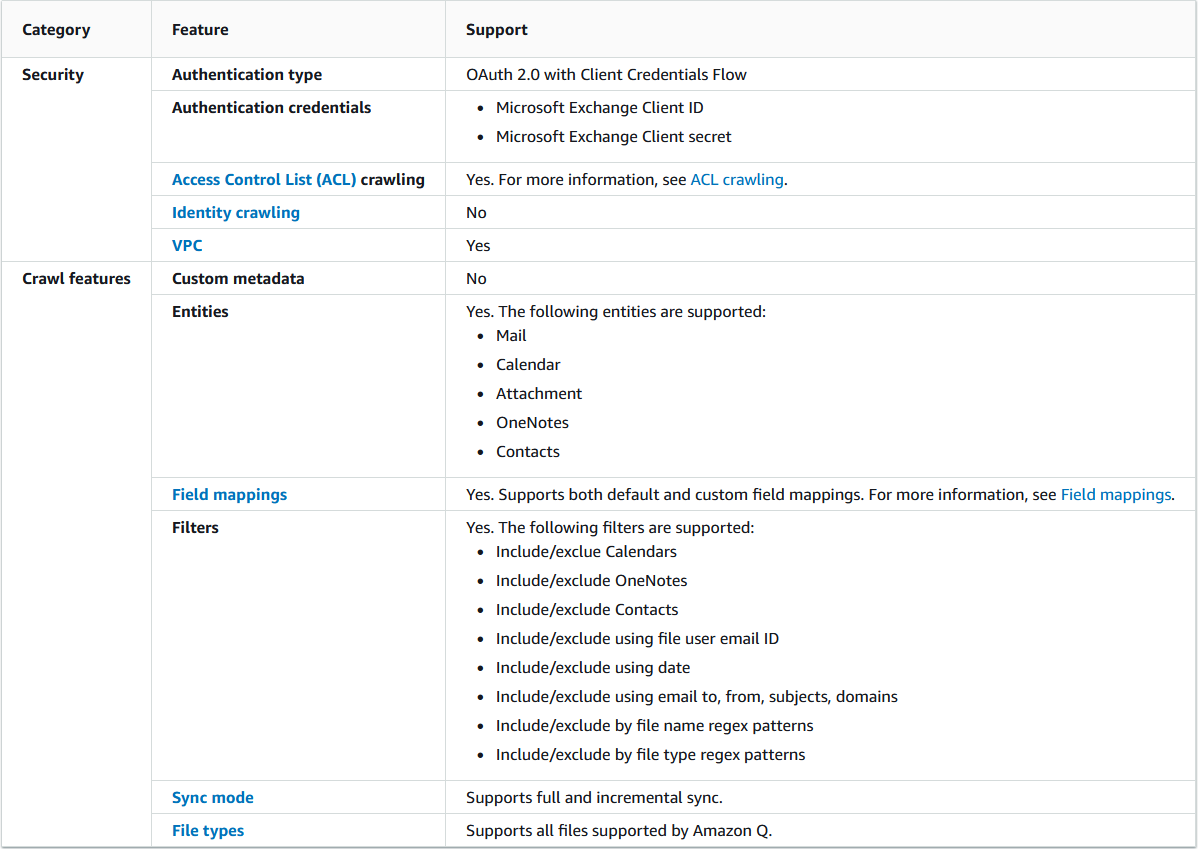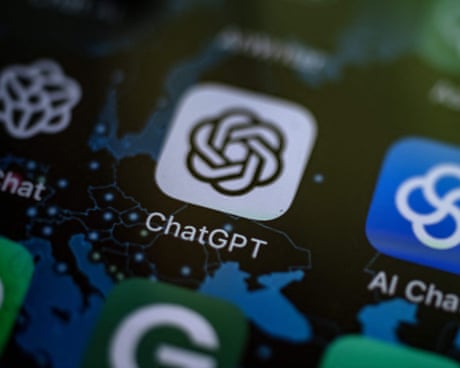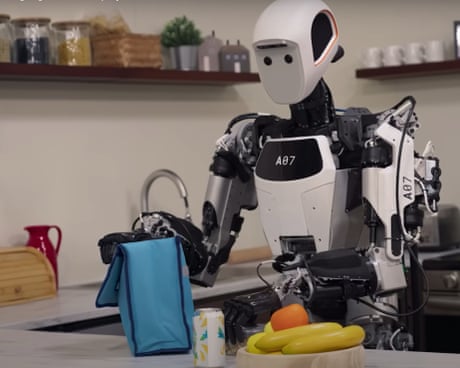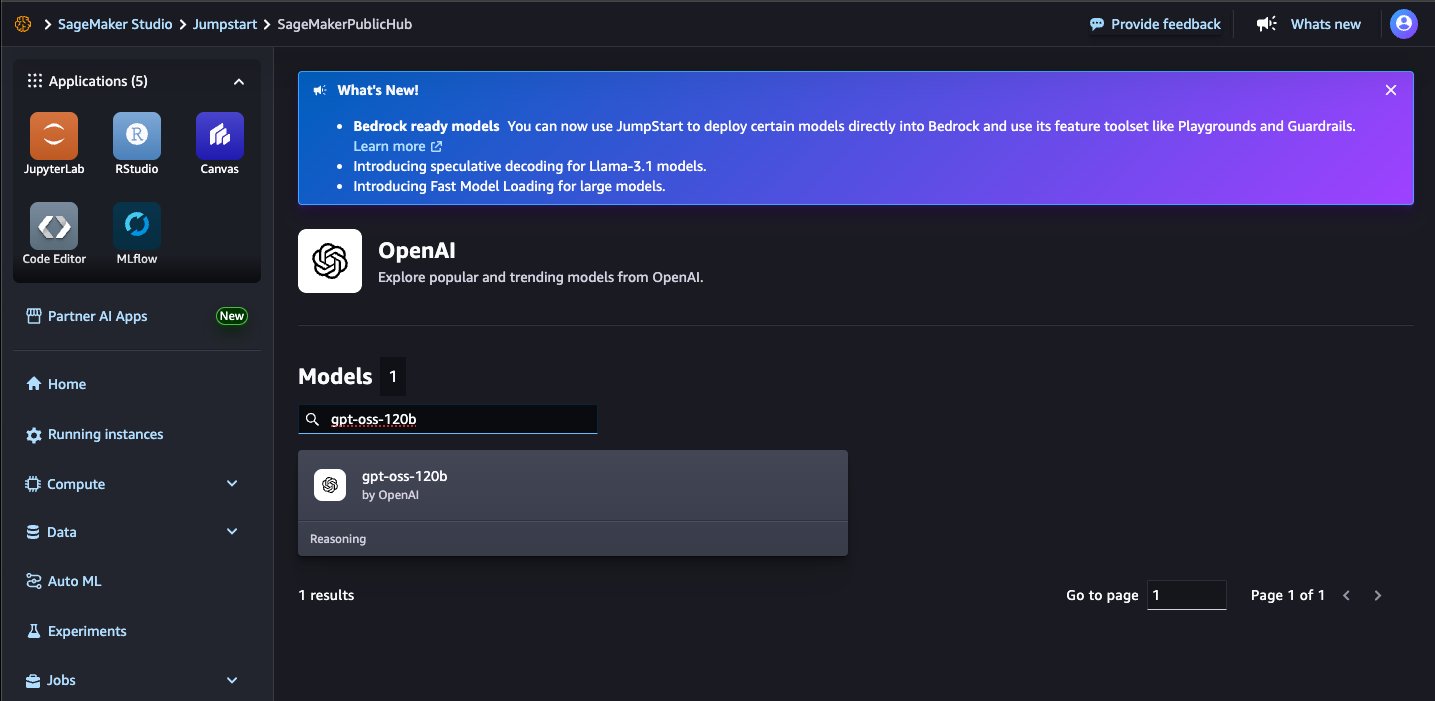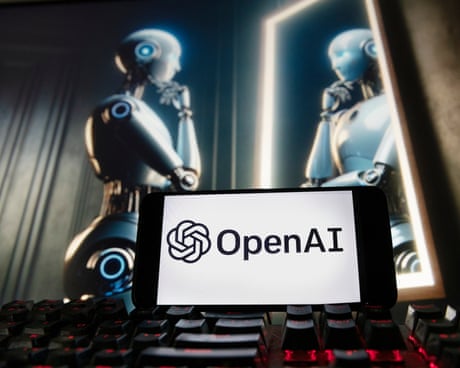Handwriting is disappearing due to overreliance on keyboards, raising concerns about AI's impact on our brains. Mark Zuckerberg claims not using AI-powered smart glasses will put you at a "significant cognitive disadvantage."
Responsible AI in payments industry is not just a concept but a dynamic process. Implementing responsible AI involves a holistic approach, bias testing, accountability, and cross-functional oversight to ensure transparency and trustworthiness in financial decision-making.
Tech companies devalue creative industries, insisting AI models need human labor for free. Productivity Commission caught Australian government off-guard with stance on AI and copyright law.
Fringe audiences are immersed in the uncertainty of AI through a tech twist on Hamlet and a personalized tale of societal breakdown. AI's ability to generate human-like communication blurs the lines between the real and the imagined, leaving us questioning its presence.
UK construction activity records biggest drop since early in Covid-19 pandemic, prompting Bank of England to consider interest rate cut. Market expects rate to drop from 4.25% to 4%, with focus on voting split for potential 0.5% decrease.
Four new faculty members bring creativity and expertise to MIT's School of Architecture and Planning. Karrie G. Karahalios pioneers social media exploration, Mariana Popescu focuses on sustainable design, and Holly Samuelson researches building technology.
Amazon Q Business is an AI-powered assistant that helps enterprises unlock data value. It seamlessly integrates data sources like Microsoft Exchange for enhanced productivity.
Productivity Commission considers exempting tech firms from copyright rules for AI training. Interim report explores adapting regulations for AI risks in Australia.
Google introduces Genie 3, a step towards human-level AGI, enabling AI to interact with realistic simulations for training robots and autonomous vehicles in warehouse environments.
Swedish PM Ulf Kristersson faces backlash for relying on AI tools like ChatGPT and LeChat. Critics question his decision-making amid accusations of 'the oligarchs' AI psychosis'.
OpenAI releases GPT OSS models, gpt-oss-120b and gpt-oss-20b, on Amazon SageMaker JumpStart for advanced reasoning tasks. The models offer adjustable reasoning levels and integration with external tools, supporting detailed visibility into the reasoning process.
OpenAI challenges Meta and DeepSeek with new freely available AI models for developers, including ChatGPT. Customizable "open weight" models promise wide benefits.
Former CNN correspondent Jim Acosta interviews AI-generated avatar of Parkland shooting victim Joaquin Oliver, sparking controversy. Acosta asks avatar: "What happened to you?"
Cloudian, co-founded by Michael Tso ’93, is revolutionizing data storage for AI systems, simplifying access and processing with seamless data flow between storage and GPUs. Tso’s background in parallel computing at MIT has driven Cloudian’s success in creating scalable storage systems that meet the demands of the AI revolution.
ChatGPT by OpenAI now encourages reflection on personal challenges, avoiding definitive answers like breakup advice. Users are urged to take breaks during long chatbot sessions.


